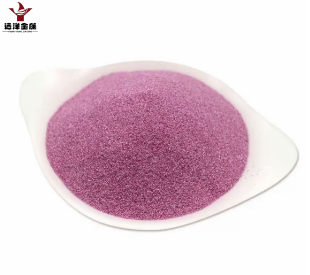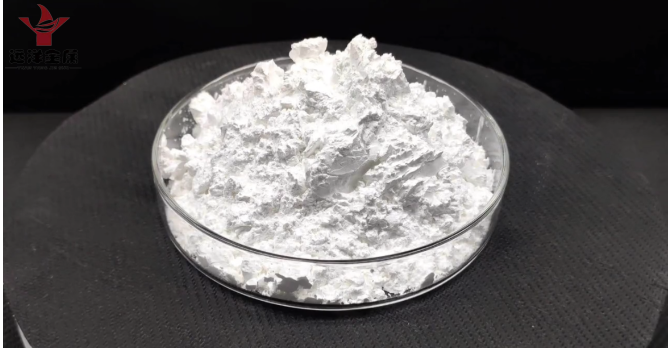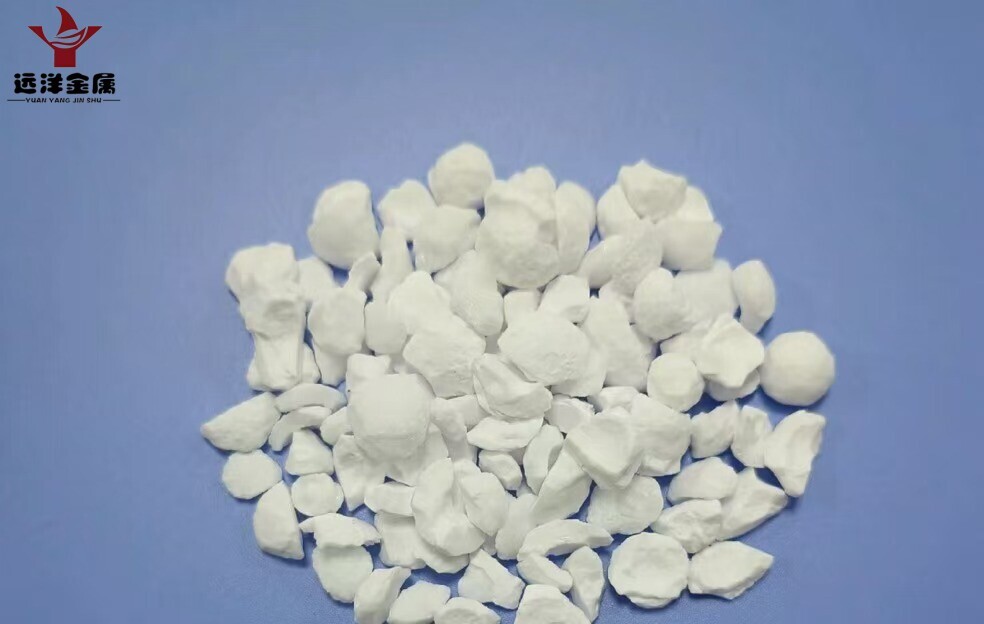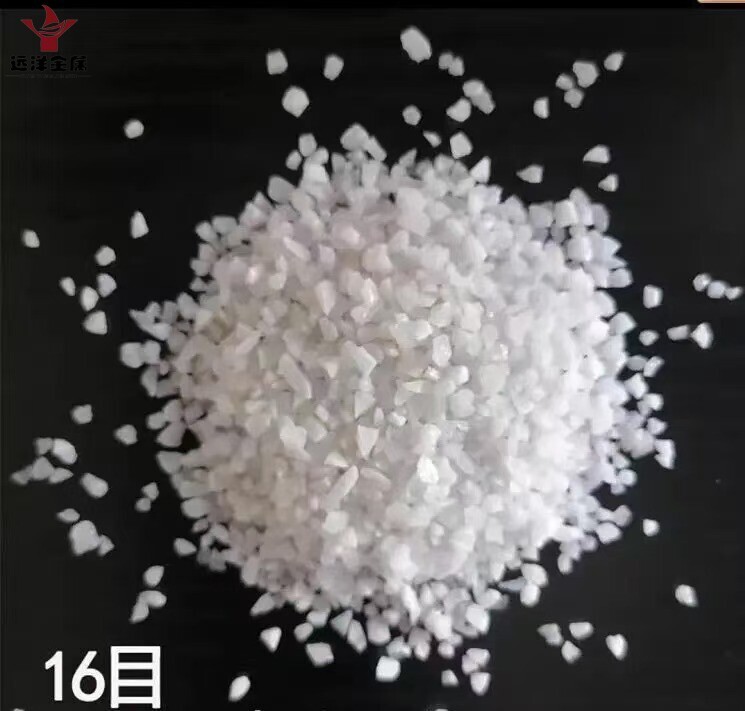NEWS
 Corn cob abrasive industry welcomes new development opportunitiesIn recent years, with the increasing awareness of environmental protection and the growing demand for renewable energy, corn cob, a traditional agricultural waste, is gradually demonstrating its enormous market potential and value. Especially in the abrasive industry, corn cob abrasive is becoming the preferred choice for more and more enterprises due to its unique performance and cost advantages.
Corn cob abrasive industry welcomes new development opportunitiesIn recent years, with the increasing awareness of environmental protection and the growing demand for renewable energy, corn cob, a traditional agricultural waste, is gradually demonstrating its enormous market potential and value. Especially in the abrasive industry, corn cob abrasive is becoming the preferred choice for more and more enterprises due to its unique performance and cost advantages. Walnut shell abrasive: a new green and environmentally friendly force leading the transformation of surface treatment in multiple industriesRecently, the application of walnut shell abrasive in the industrial field has received widespread attention. Walnut shell abrasive, as a natural, environmentally friendly and high-performance new type of abrasive, is gradually becoming an ideal choice for surface treatment in many industries.
Walnut shell abrasive: a new green and environmentally friendly force leading the transformation of surface treatment in multiple industriesRecently, the application of walnut shell abrasive in the industrial field has received widespread attention. Walnut shell abrasive, as a natural, environmentally friendly and high-performance new type of abrasive, is gradually becoming an ideal choice for surface treatment in many industries.
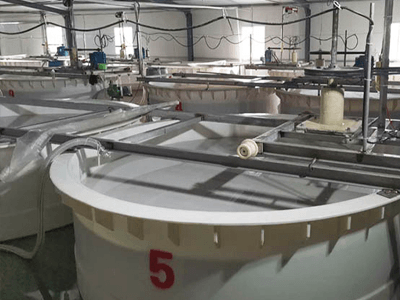
Recently, the silicon carbide industry has shown a thriving development trend. As a representative material of third-generation semiconductors, silicon carbide has been widely used in various fields due to its excellent performance.
In the field of new energy vehicles, the demand for silicon carbide power devices continues to grow. Multiple car companies have adopted silicon carbide technology to enhance the performance and range of electric vehicles. For example, Tesla was the first to use silicon carbide in its models, setting a benchmark for the industry. Domestic car companies such as BYD and GAC Aion are also actively following up and promoting the application of silicon carbide in the new energy vehicle market.
At the same time, silicon carbide has shown great potential in fields such as photovoltaics, energy storage, and industrial control. Its high conversion efficiency and resistance to high temperatures and pressures enable related equipment to operate more efficiently and stably.
Domestic silicon carbide industry chain manufacturers actively layout and continuously make new progress. The person in charge of Sanan Optoelectronics revealed that the Chongqing Sanan project (an 8-inch silicon carbide substrate supporting factory) has achieved the lighting and wiring of the substrate factory; The advanced 8-inch conductive product from Tianyue, a silicon carbide substrate manufacturer, has been scaled up and entered the mass production stage, with continuous product delivery. In addition, the first batch of 8-inch silicon carbide long crystal equipment from Jingsheng Co., Ltd. was delivered in Chongqing in July this year; Yujing Co., Ltd. is currently selling 8-inch silicon carbide substrate cutting and polishing equipment in the market.
Market analysis suggests that based on cost reduction and a long-term perspective, 8-inch wafers will help achieve large-scale commercialization of silicon carbide devices in more application areas, driving the silicon carbide market into a new stage of development. However, there are still obstacles to the advancement of silicon carbide products at present. Although domestic silicon carbide substrates and epitaxial products have basically achieved localization, there is still room for improvement in yield and cost control compared to international enterprises. At the same time, there is a significant release of domestic silicon carbide production capacity, which poses a risk of oversupply.
Despite facing challenges, the development prospects of the silicon carbide industry remain broad with continuous technological breakthroughs and cost reductions. In the future, silicon carbide is expected to play an important role in more fields and contribute to the development of China's semiconductor industry.
 Pink Fused AluminaAfter high-temperature smelting at 2250 ℃, using special processing techniques and formed by Bamac, it is of high quality, extremely hard, and tightly structured, making it a refractory material for the steel industry and other industries. According to the content of ZrO2, zirconia corundum generally includes low zirconia corundum (ZrO2 10%~15%), medium zirconia corundum (ZrO2 25%), and high zirconia corundum (ZrO2 40%).
Pink Fused AluminaAfter high-temperature smelting at 2250 ℃, using special processing techniques and formed by Bamac, it is of high quality, extremely hard, and tightly structured, making it a refractory material for the steel industry and other industries. According to the content of ZrO2, zirconia corundum generally includes low zirconia corundum (ZrO2 10%~15%), medium zirconia corundum (ZrO2 25%), and high zirconia corundum (ZrO2 40%). High Temperature AluminaHigh temperature alumina is an important inorganic compound with a wide range of applications. It has a high melting point and excellent physical and chemical properties.
High Temperature AluminaHigh temperature alumina is an important inorganic compound with a wide range of applications. It has a high melting point and excellent physical and chemical properties. Tabular AluminaPlate shaped corundum is a pure sintered corundum without any additives, which has excellent properties such as high refractoriness, high corrosion resistance, and high erosion resistance.
Tabular AluminaPlate shaped corundum is a pure sintered corundum without any additives, which has excellent properties such as high refractoriness, high corrosion resistance, and high erosion resistance. White Steel Jade Grade SandWhite corundum sand is a high-quality abrasive with characteristics such as high hardness, high wear resistance, and high melting point.
White Steel Jade Grade SandWhite corundum sand is a high-quality abrasive with characteristics such as high hardness, high wear resistance, and high melting point.



